Words Steffi Sioux Go
Images Courtesy of Dean Sinco and Entheos IT


Kept away from the buzz of tourism and commerce at the Boulevard, the Foundation University campus sits quietly among the residential surrounds of Dumaguete City. Veiled in steel lattice and ivy, entrance to the campus is a pleasure reserved for the enrolled and invited.
Architect Victor Vicente ‘Dean’ Sinco is a face on a screen at the end of a long and peopled table. He joins the interview from Honolulu, where his firm Entheos IT also holds office 5,000 miles away. EntheosIT’s Dumaguete branch operates from a converted attic loft—a compact but intriguing workspace. A large old painting of a patriotic Filipino scene hangs on one wall, while books sit in custom wood cabinetry. Sunlight comes in through framed windows, a contrast to the industrial sensibility of the office’s materials.

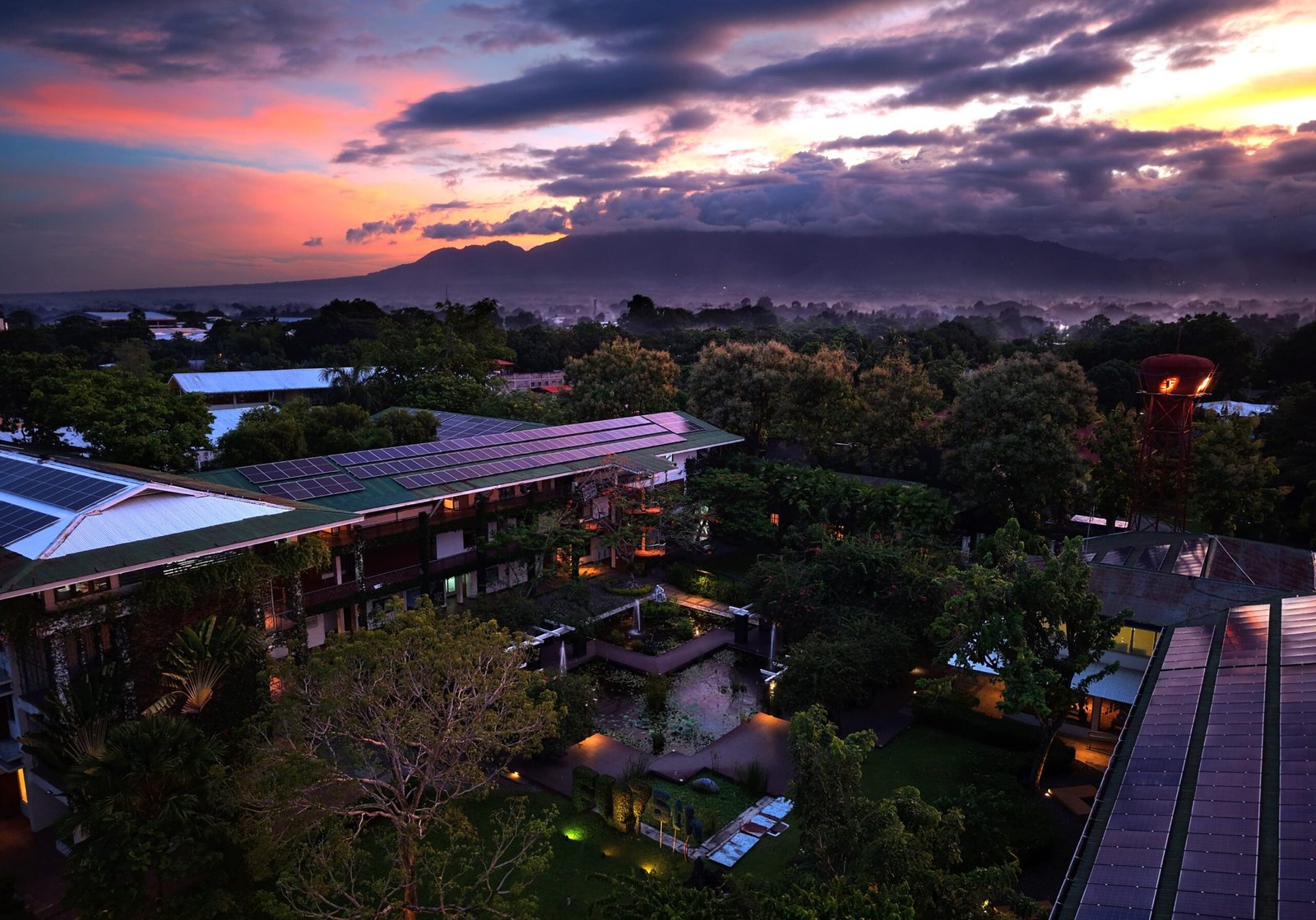
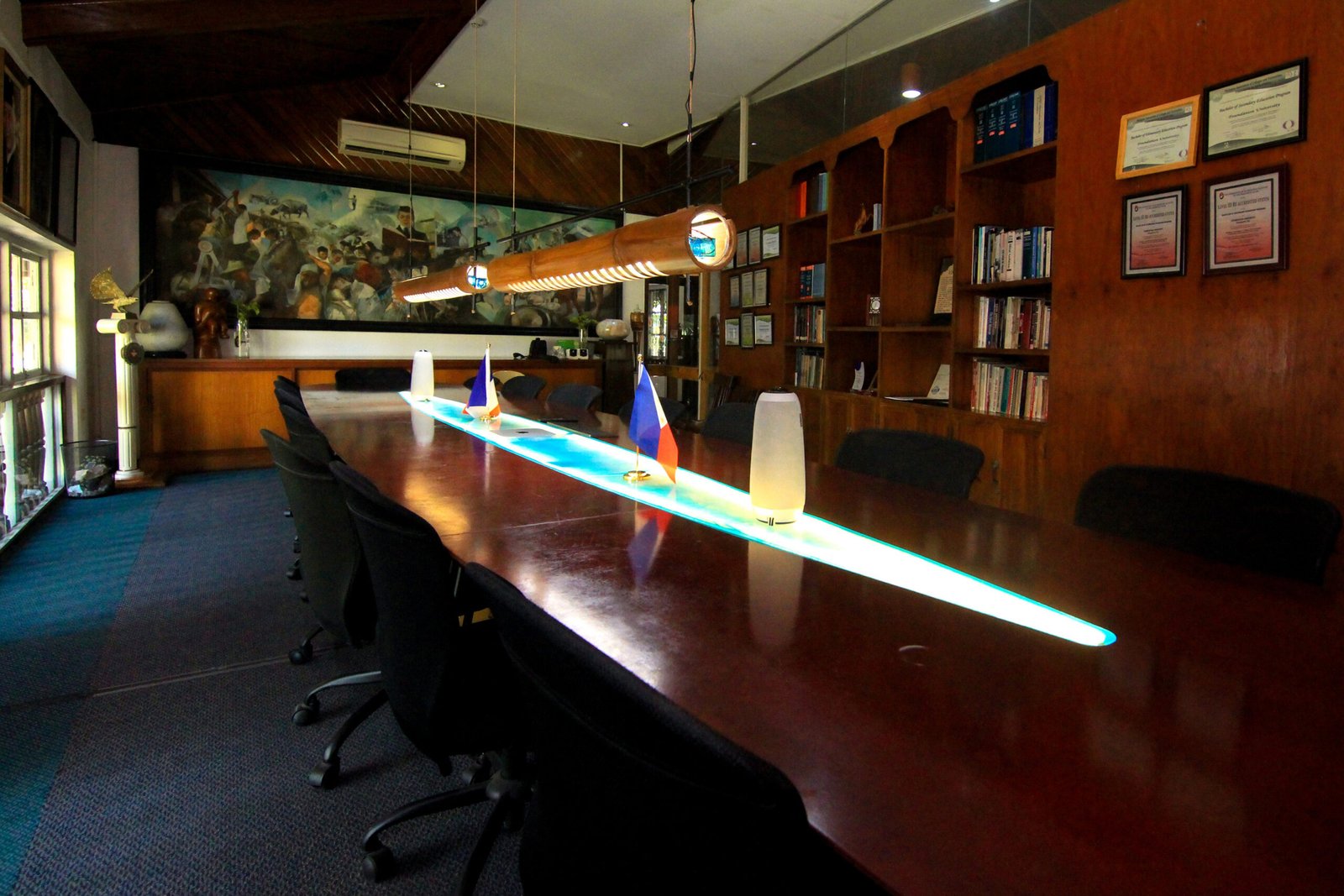
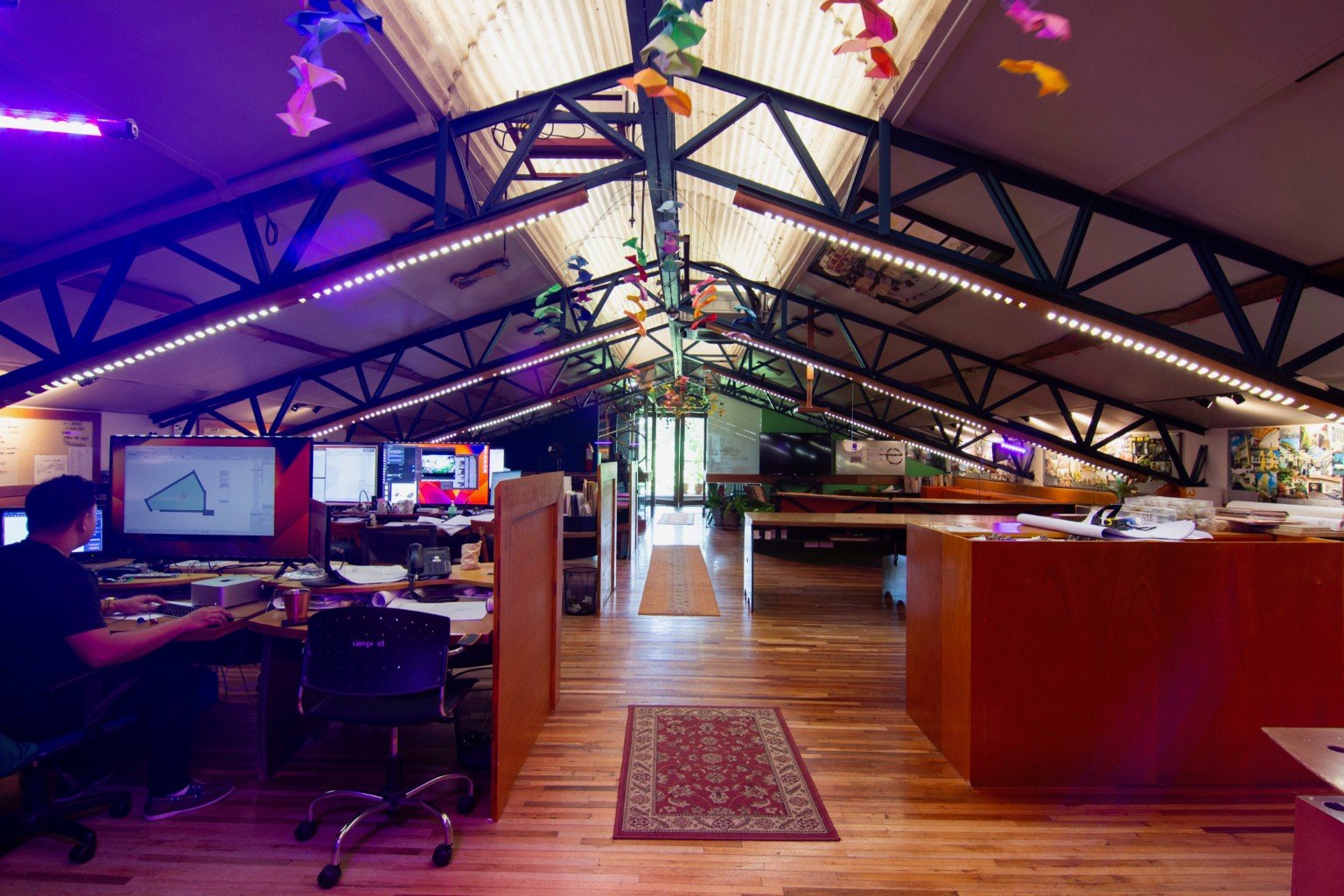
At the campus, Dean sheds the hard hat for a toga as the president of Foundation University. Founded in 1949 by Dean’s grandfather Vicente G. Sinco, it remains a non-stock, non-profit, non-denominational institution with a student population of about 4,000. With an architect at the helm, design thinking and creativity naturally weave their way through its pedagogy. This is most evident in the architecture program, through the Dean’s initiative, Estudio Damgo, a student-led design-fund-build capstone program.
Contrary to rigid academic objectives, Dean begins: “I’ll never profess that my designs are perfect. I’ll always like to hear what is an opinion of what we’ve presented, and we try to do the same thing with the students.”
“You have to understand how to let it go,” he adds. The adage plays throughout his work.
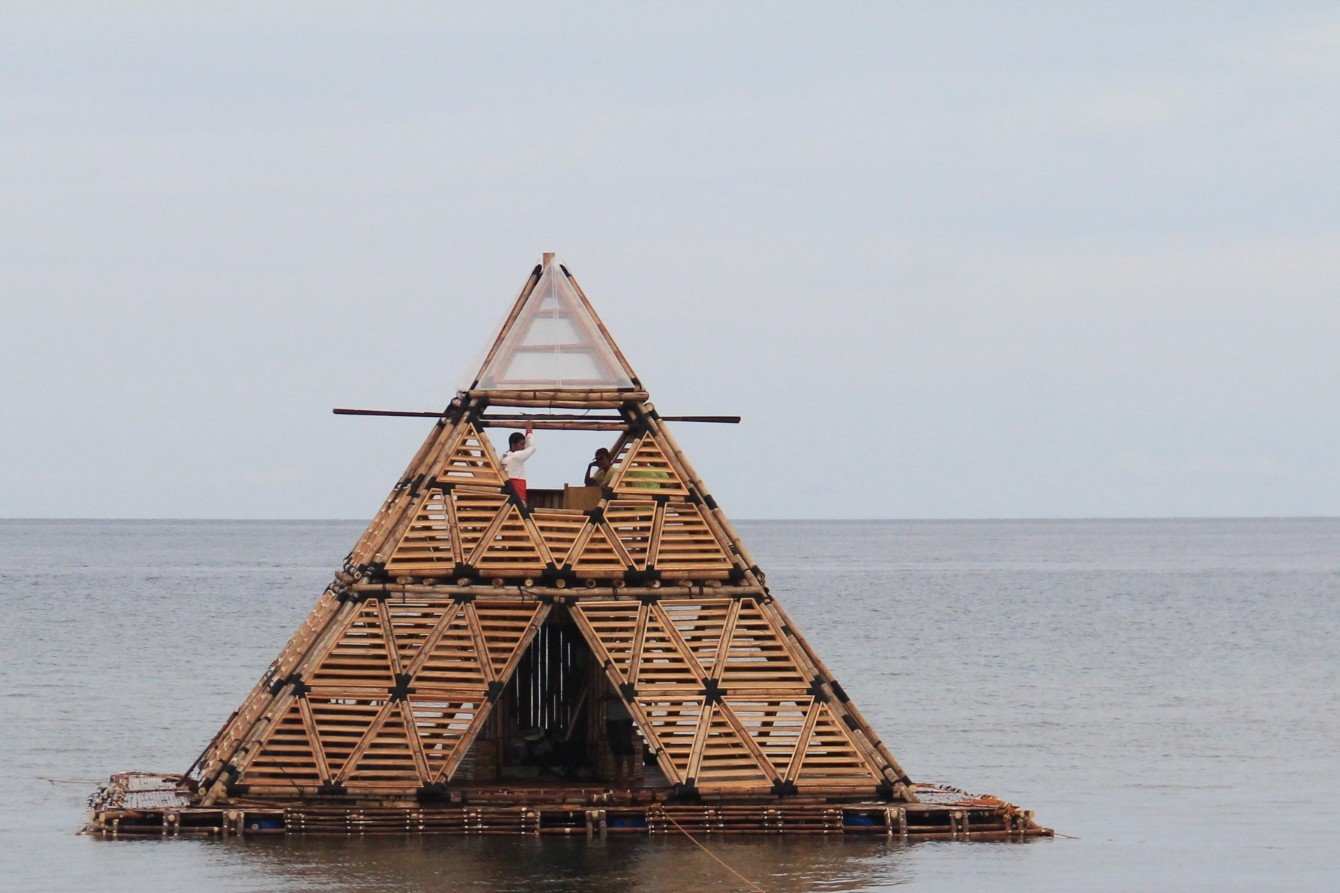

In the M5 House (also referred to as the Yamog House), this meant foregoing precision. Nearly opaque from the street, the façade features slits and cut-outs as needed, while the texture and lines on the plaster mimic a board-formed concrete finish. A single sloped roof tops the planes, and rain chains draw the eyes and water down. Named for its setting beneath the misty peaks of Mt. Talinis, the house embraces its rugged site.
Inside, it is nearly the opposite. Bare to the wild ahead, the rear of the home is nearly transparent. A living room enclosed in glass projects into the surrounding forest. Corners are joined with glass, eliminating the need for steel columns. Terraces from the second and third floors extend over a deep ravine. Material choices reflect his pragmatic yet poetic approach: handmade terracotta tiles, eucalyptus ceilings that shift with humidity. “The ceiling moves,” Dean says. “It’s architecture in motion and serendipity at its finest.”
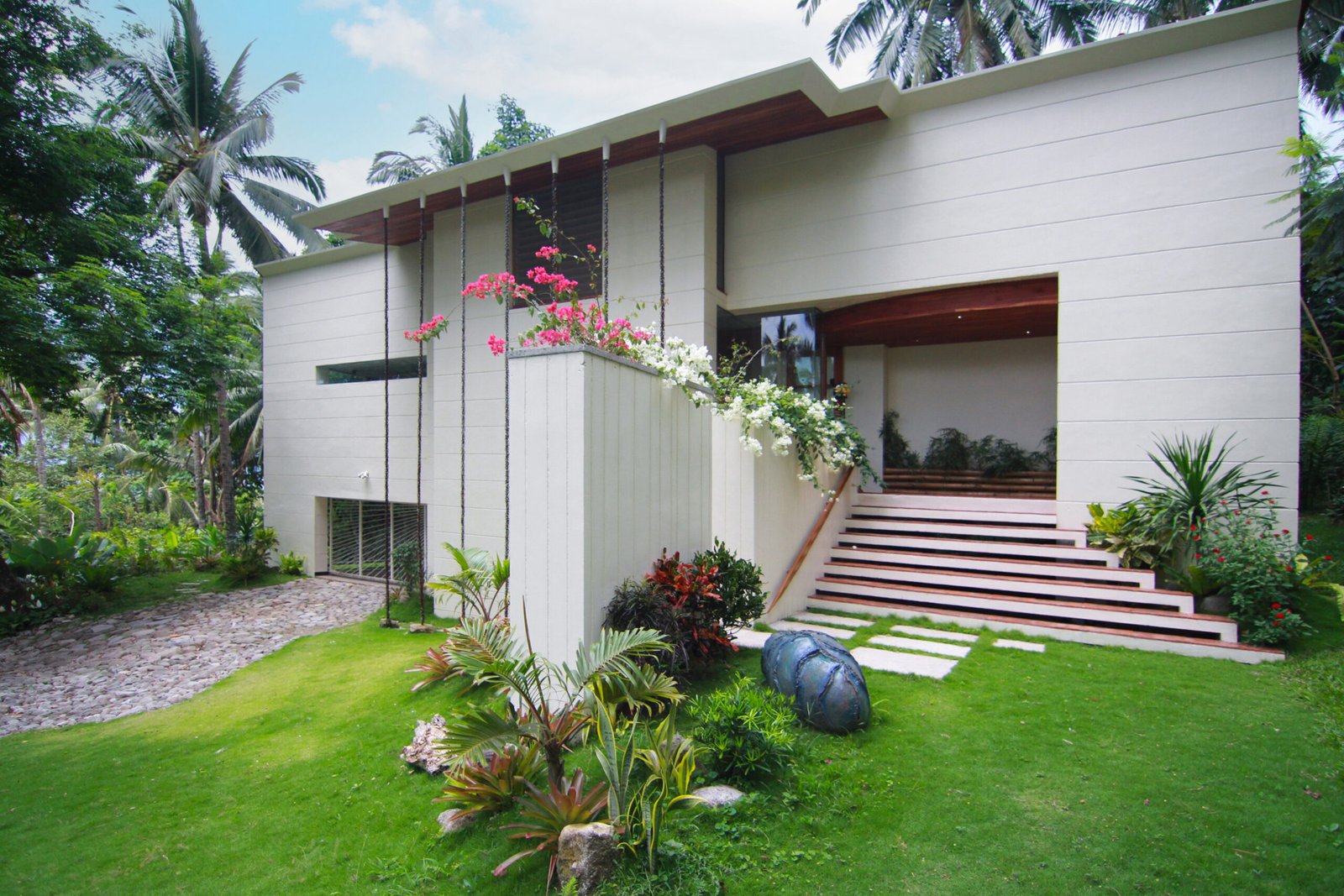

“I’ll never profess that my designs are perfect. I’ll always like to hear what is an opinion of what we’ve presented, and we try to do the same thing with the students.”
The interior also features deep bathtubs made of polished concrete, and solar panels on the composite roof power a battery system that enables the home to operate independently of the provincial grid. It’s a project born from his shed-design experiments, with forms made sculptural through frugality.
“Our work in Dumaguete tends to be on the rough side because that is the level that you have to work with for materials in the Philippines,” he explains. “In Hawaii, everything’s manufactured and run through equipment, so it has a more refined look. I like both, but these days I seem to be moving towards something rougher.”


This affinity began with a misstep: the university’s ceramics shop initially produced more broken than whole tiles. Dean opted to use the shards, creating jigsawed flooring across campus. “That was the beginning of learning how to deal with imperfection in the Philippines. Now we do more good tile than broken—so we actually have to break the tile to make it. The opposite is now true.”
His process emerges between the fissures of restriction and result. “Don’t fall in love with the design too much,” he teaches. He works without a fixed agenda, formulating responses to material, time, context, and curiosity.
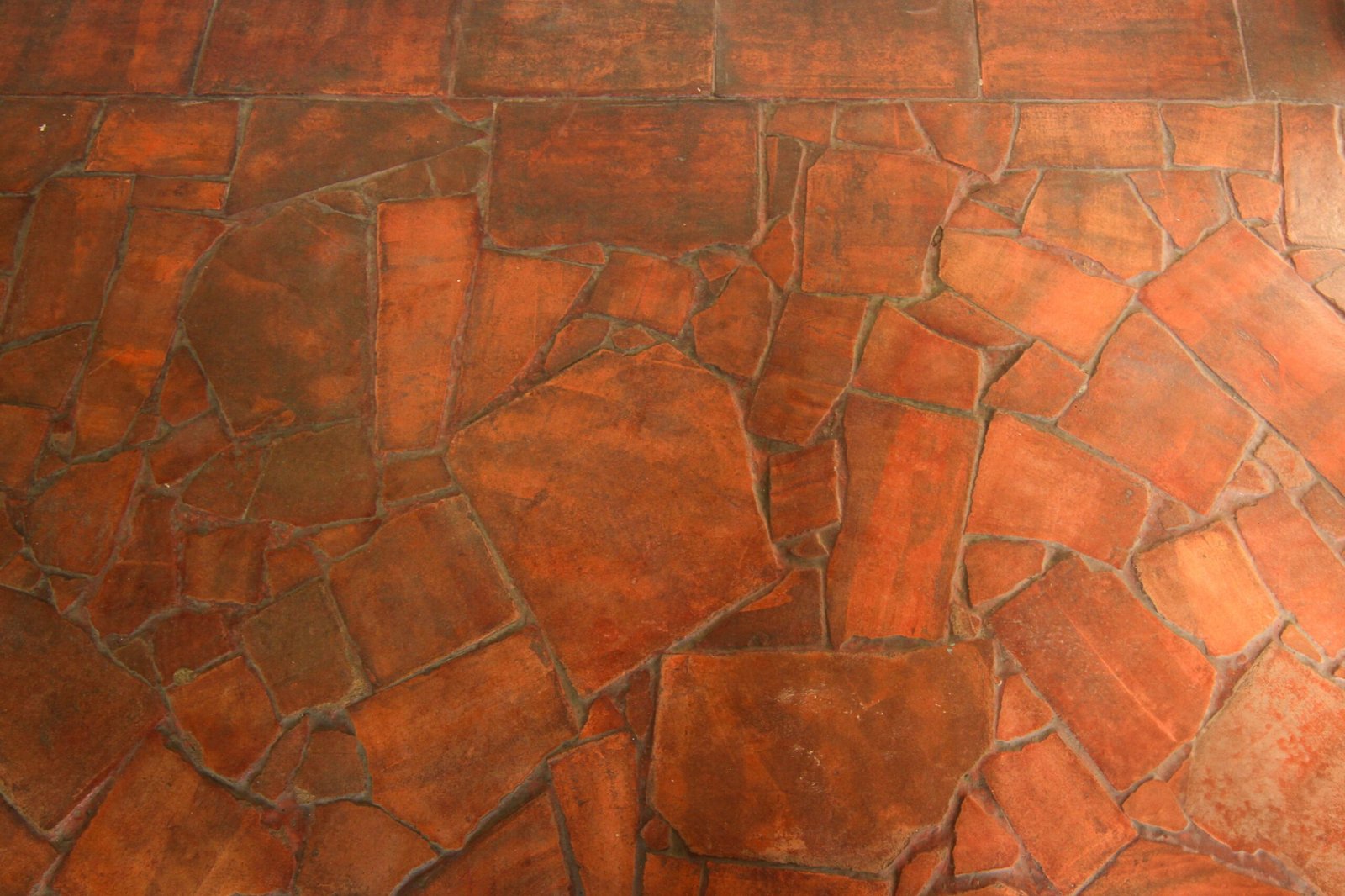
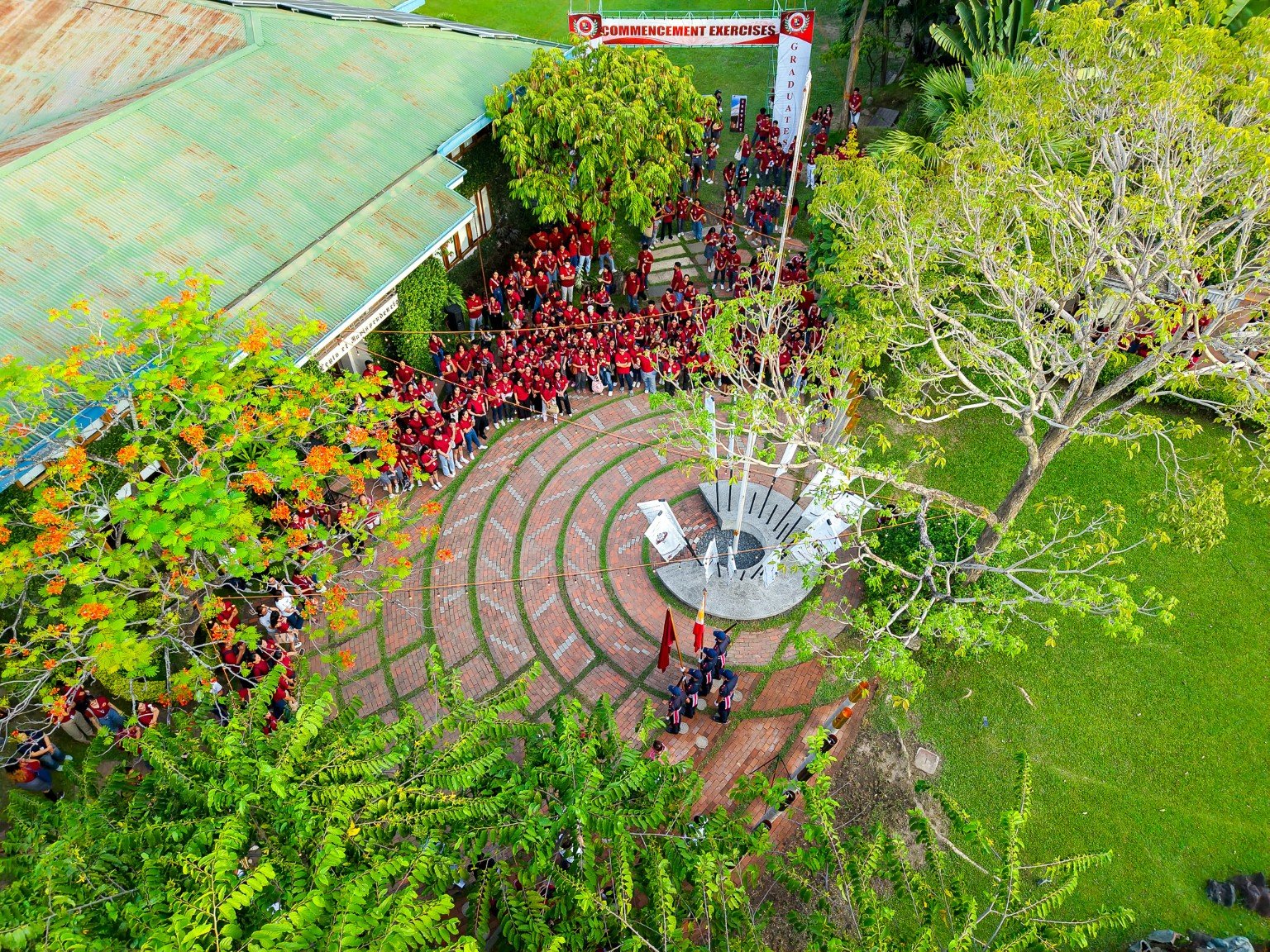
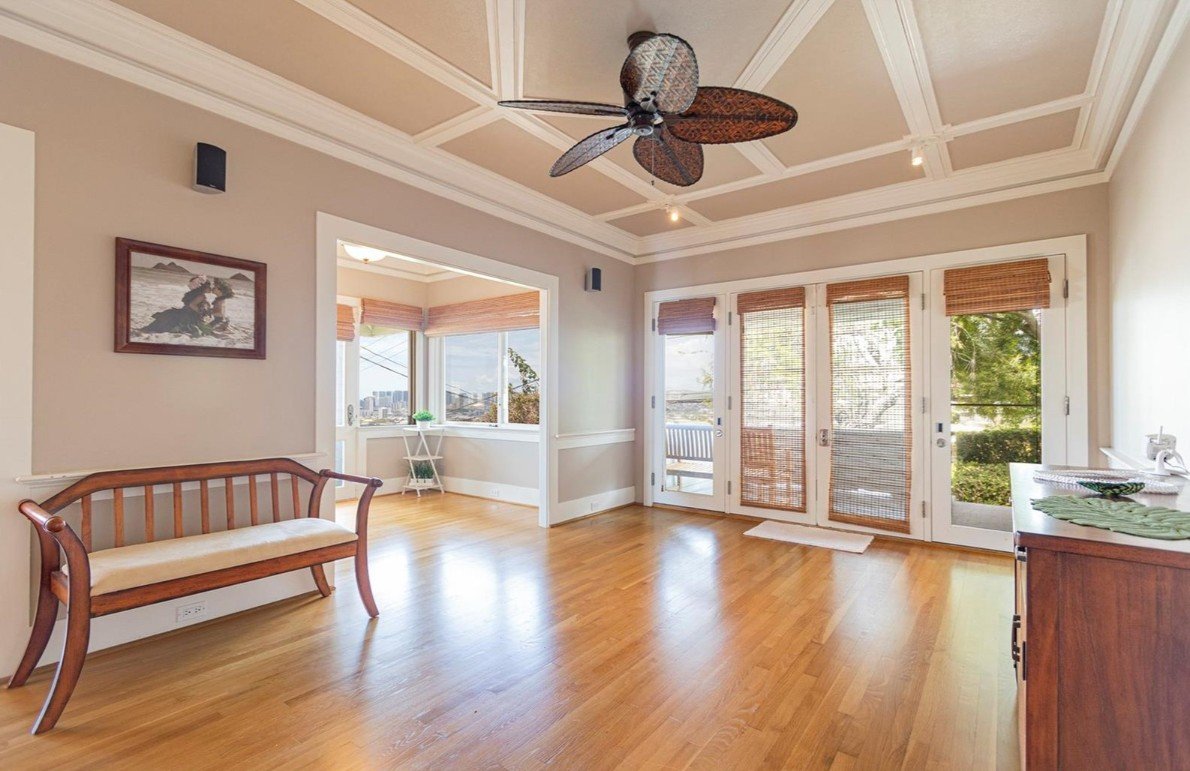

Before moving to the U.S., Dean spent his summers on campus crafting toy boats and trucks from wood scraps. As a teenager, he became a skilled woodworker, making furniture to earn money. His early engagement with making continues to inform his design ethic.
The A House in Hawaii (also known as Ridgeview) was a personal restoration challenge. Dean acquired the 1940s bungalow in 1983 and transformed it into a family home for his wife and four sons. While adding space and function—a new master bedroom, modern kitchen, and expanded living areas—he retained its original character and its site’s open view from Diamond Head to the western ridge of Oahu. It was his first home purchase, and the foundation of his understanding of residential scale and Pacific design sensibility.
In school, he reminds students that “everything is open ended. There’s no such thing as the solution. There are several solutions… Many of them are looking for the nod of the head—’yes.’ That’s the last thing that we do.”
When designing the U House (Balay Sapa), Dean was granted near-complete freedom. Set in the highlands of Valencia on a family compound, it faces a stream and is surrounded by greenery. Its massing—stone and timber—is broken up across the landscape, lightened by glass and chrome. Dean handled most elements: landscaping, furniture, fixtures, and water features. It was a dream commission, with no budget or vision restrictions.
The contrast of materials—natural stone, striated plaster, glass, timber—enhances the architecture’s tactility. The house sits among older structures, including a full-sized treehouse. The design builds on a family tradition, but stands as its own centerpiece. “It was the most beautiful house on the island,” said Rene Armogenia, a fellow Dumaguete-based bamboo architect and professor who has followed Dean’s work over the years.
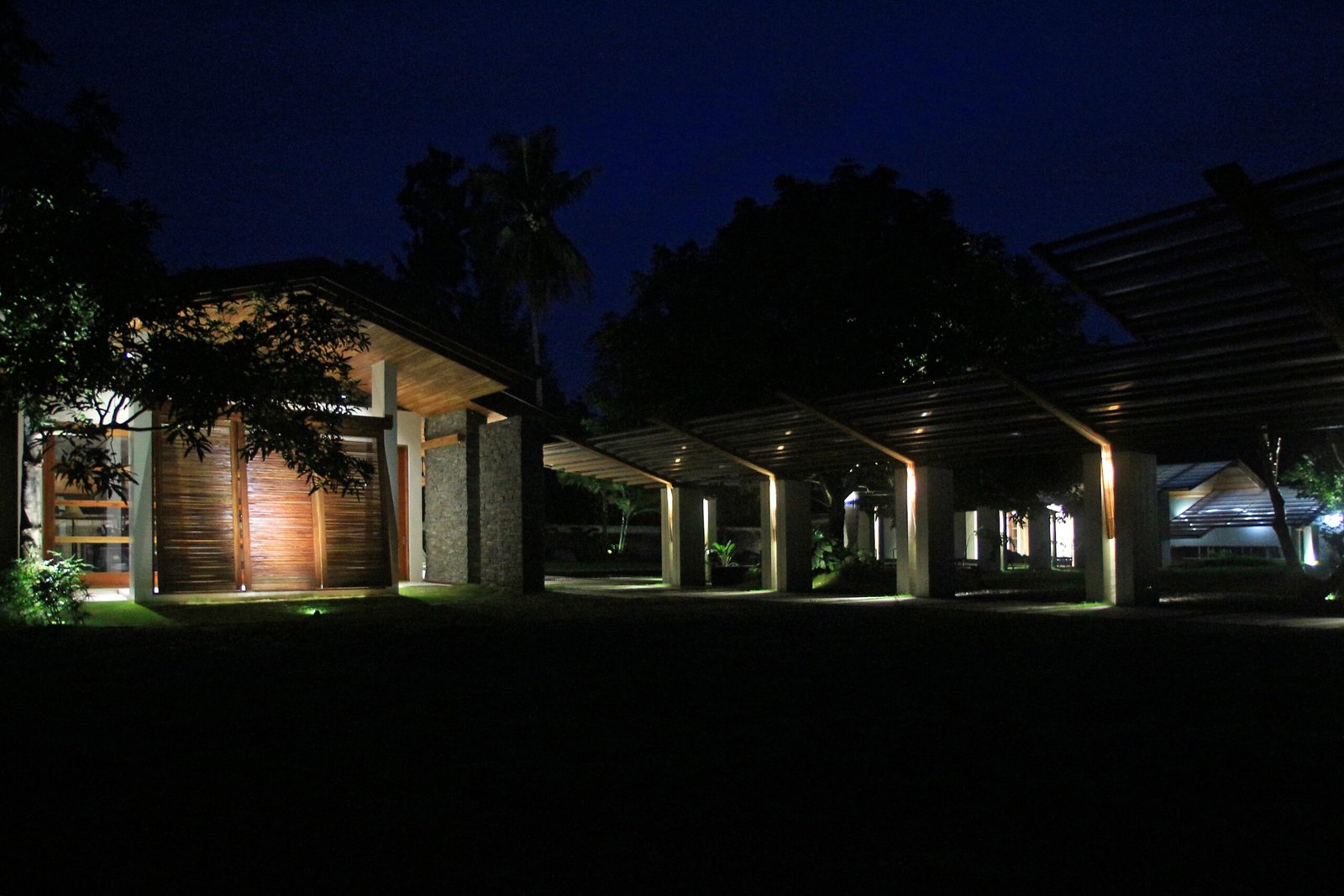



His material palette holds across projects: white striated plaster, rain chains, butt-joined timber. Betita/Tan Residence, a six-structure complex in Sibulan, pushes bamboo’s potential: used structurally, joined in sheets for flooring, bent for furniture, and composed in rhythmic ornament. The design encourages movement through its open deck system, mimicking transitions between spaces and seasons. The site’s vantage allows views of multiple neighboring islands, and the breezeways are tuned to respond to wind direction and solar gain.
Dean often remarks on how design expectations shift across cultures. Filipino clients focus on cost and timelines, while American clients prioritize spatial experience and functionality. His projects across the Pacific respond accordingly, each defined by its context.
With such work, there’s an impulse to ask what binds it all. Each project is a solution, rooted in context and made with care. His designs are open conversations rather than closed statements.
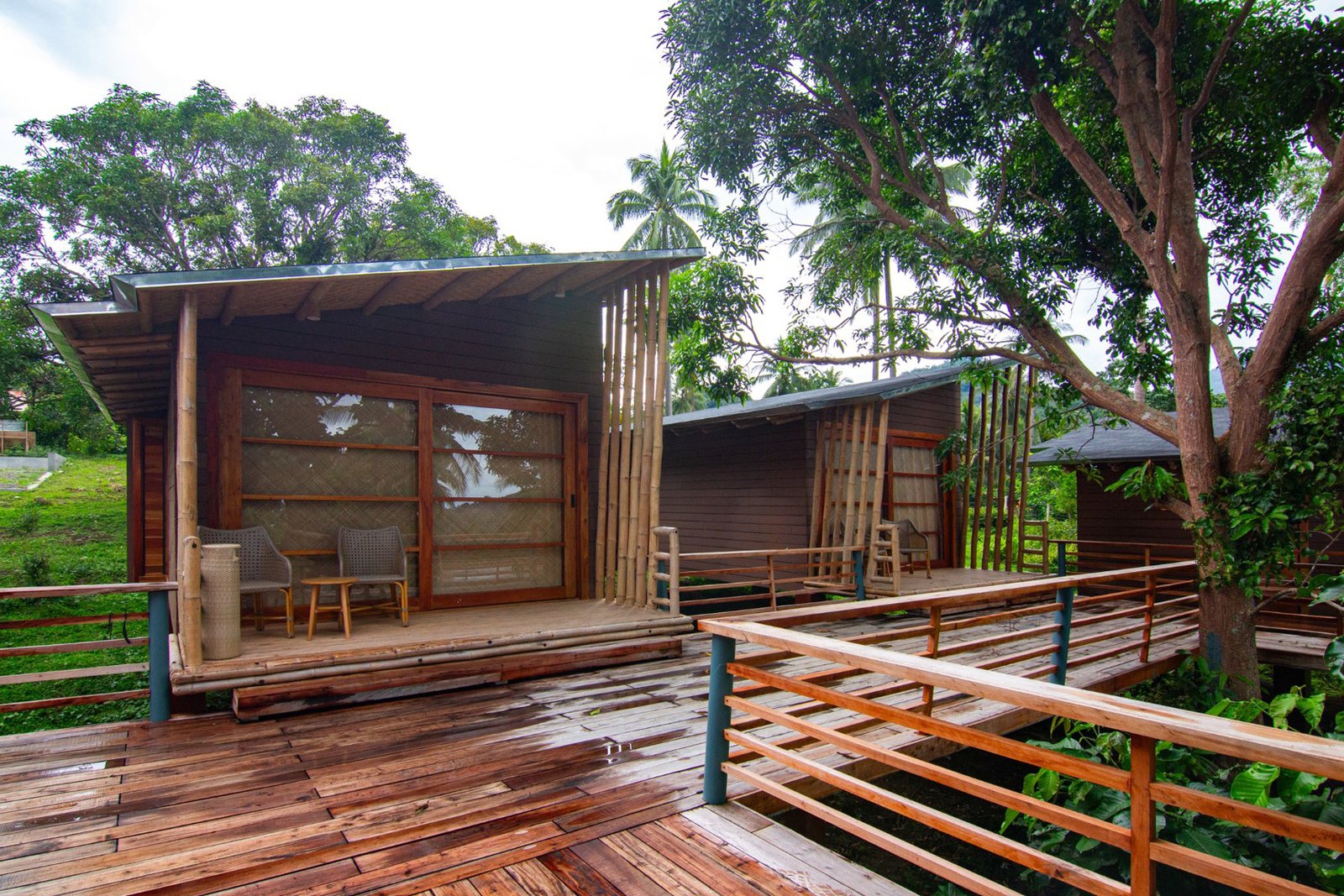
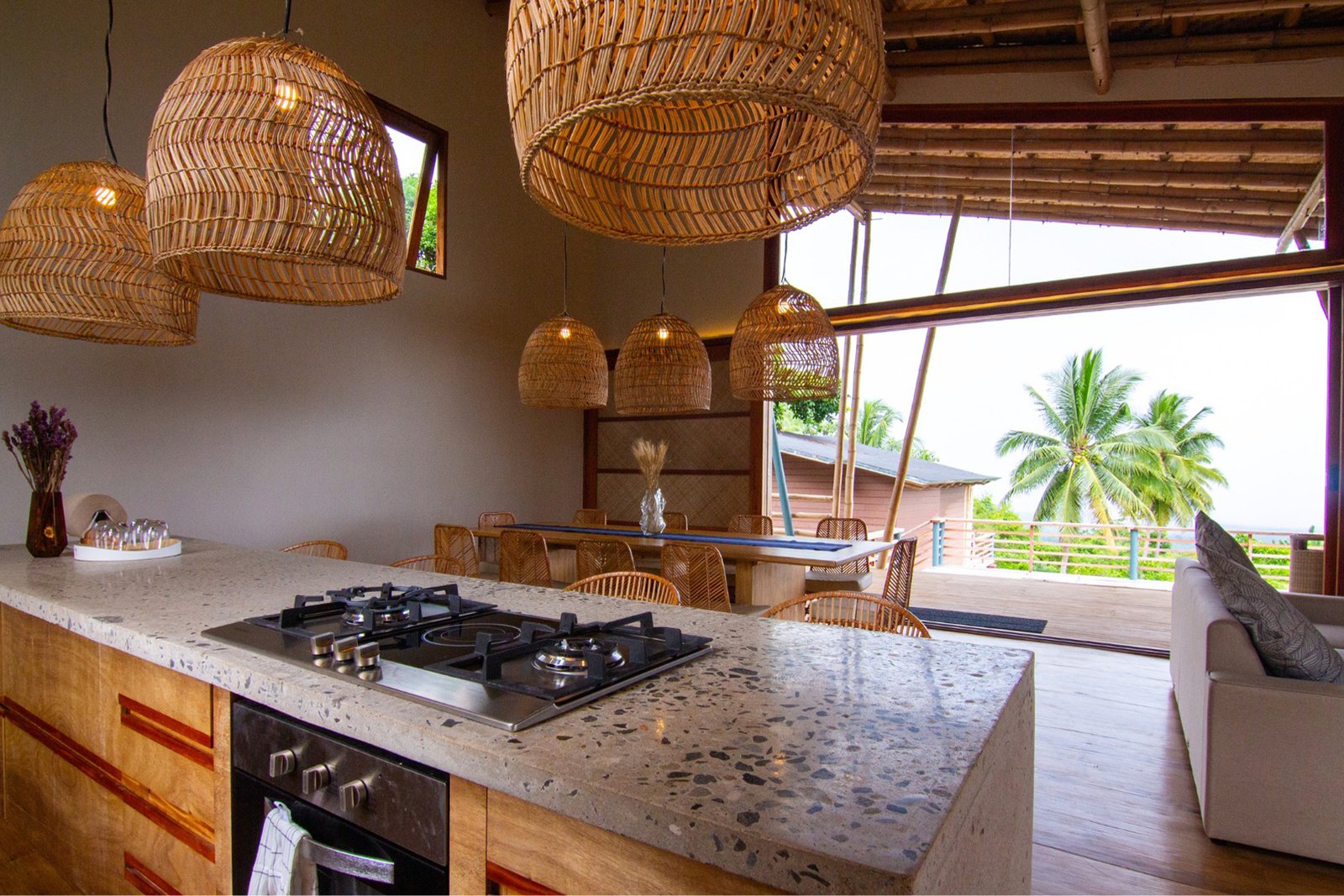


Dean’s values carry into Foundation’s academic vision. When the Philippine Regulatory Commission once questioned the architecture program’s low graduate numbers, Dean refused to lower standards. “I’m not gonna graduate some Tom, Dick, or Harry because I love this profession. If we graduate someone who doesn’t know what they’re doing, I would be guilty of failing in my duty.”
The Estudio Damgo program challenges students to apply all they’ve learned by designing and building community structures: daycare centers, co-op headquarters, and public toilets. Many use bamboo and locally sourced materials. The result is lasting for both the community and the student.
“I believe that’s where the profession of architecture should go. A lot of architects just do things because it’s stylized or it’s a sculpture. But for me, it’s more than that. It’s gotta have a purpose.”
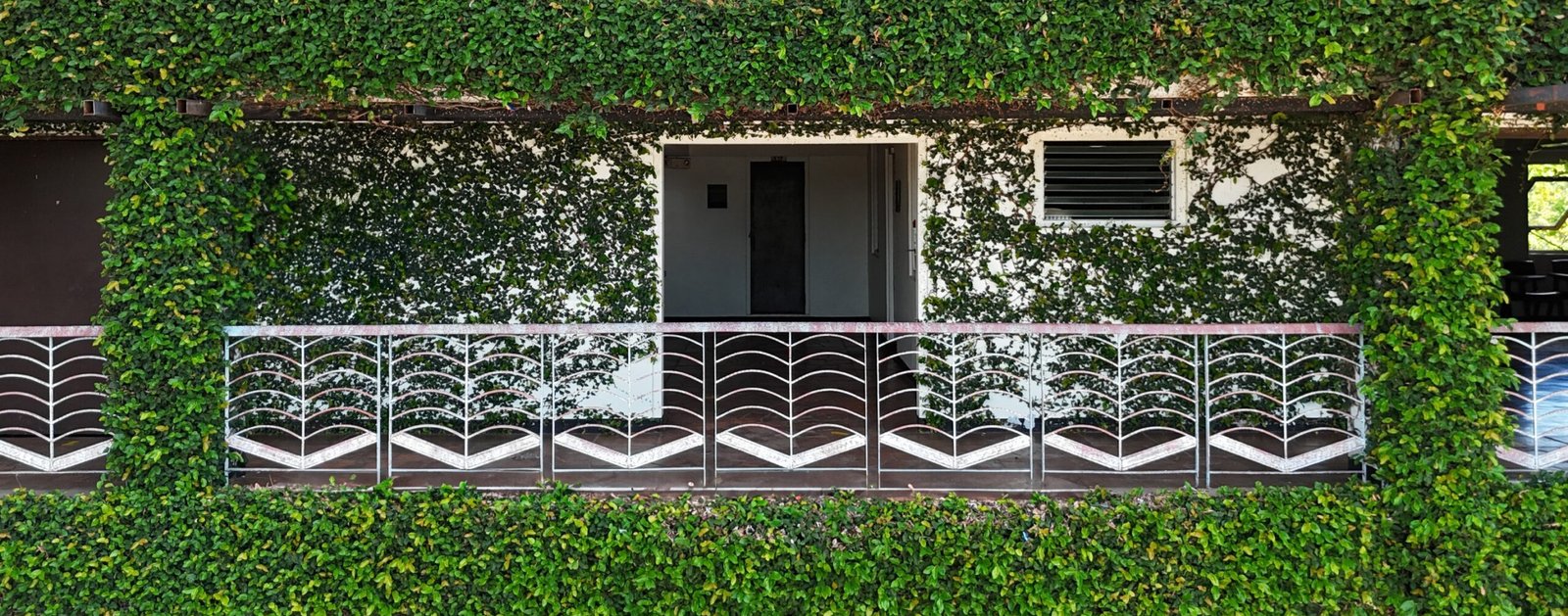

The Foundation University campus echoes these values. The Social Garden—once a concrete volleyball court—is now a calm public space, with lotuses, fountains, and koi fish. It was Dean’s father who first imagined the space as a garden. Dean turned that vision into a living part of campus.
Steel is bent and cut across buildings in distinct motifs—open books, rosebuds, concentric spirals—painted green to mimic copper patina. The story began when Dean’s father requested a wooden gate for the library, but budget constraints led to scrap iron. Dean adapted. Today, custom grilles across campus are forged anew, but still echo that early workaround.
Dean continues to expand the campus footprint. He recently completed a four-story science wing and is finalizing a seven-story building for the College of Nursing, both of which are integrated into the overall architectural identity. He continues to run Entheos in Honolulu while maintaining a presence in Dumaguete, balancing both executive leadership and hands-on architecture. His decisions are grounded in decades of experience, a trained hand, and an evolving sense of purpose.
“There are so many things we’ve done over the last 30 years. It’s always hard to remember everything,” Dean says. “There is always something around the corner.” The University completes the collage of his work. It is a living archive—a school and sketchbook combined. •
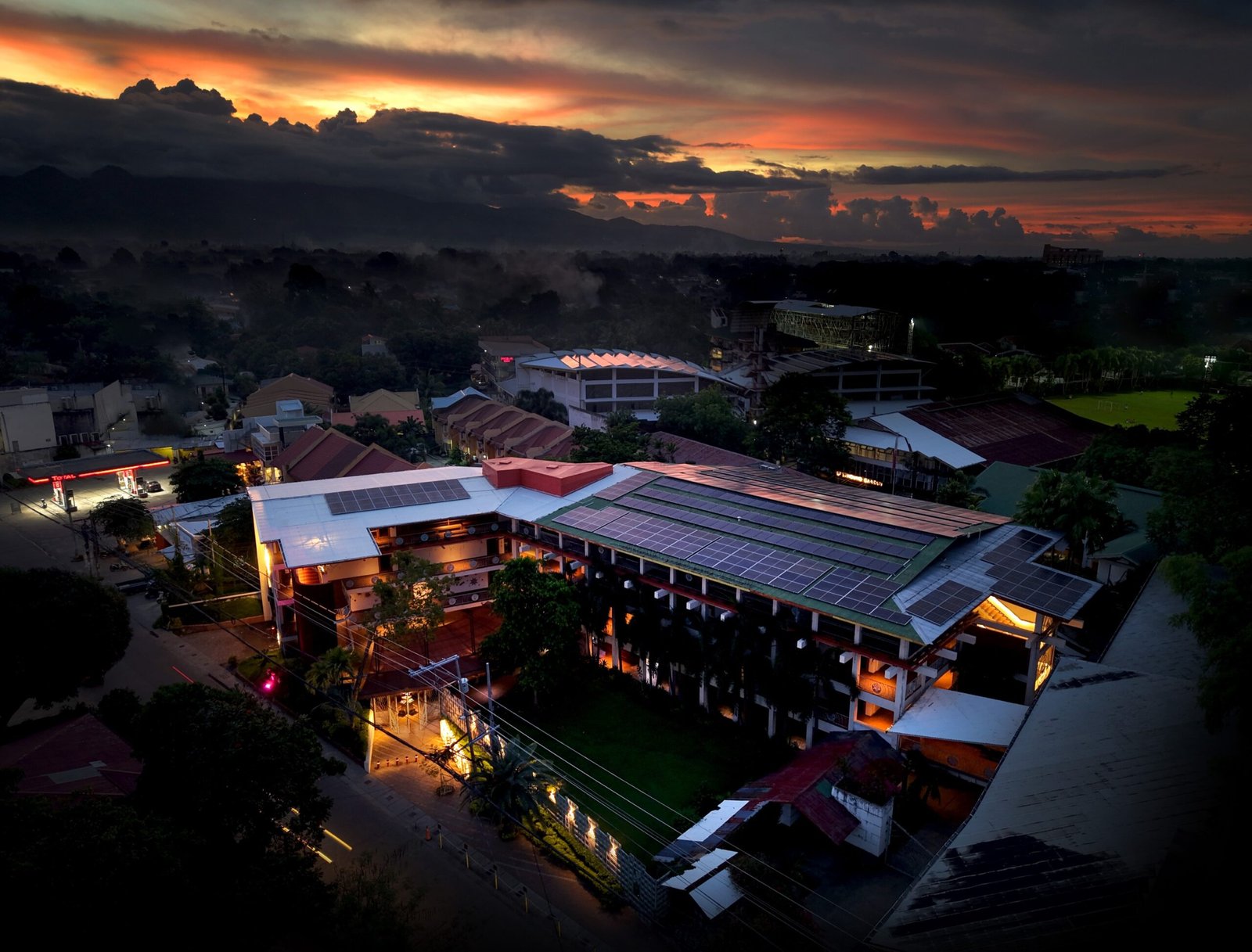

Steffi Sioux Go Negapatan is an architect and partner at SGMN Architects, a Cebu-based studio she co-founded in 2018 with Miljo Negapatan. As a writer, she has contributed to books and features for BluPrint, one of the country’s leading architectural publications, and is a new contributor to Kanto.PH.
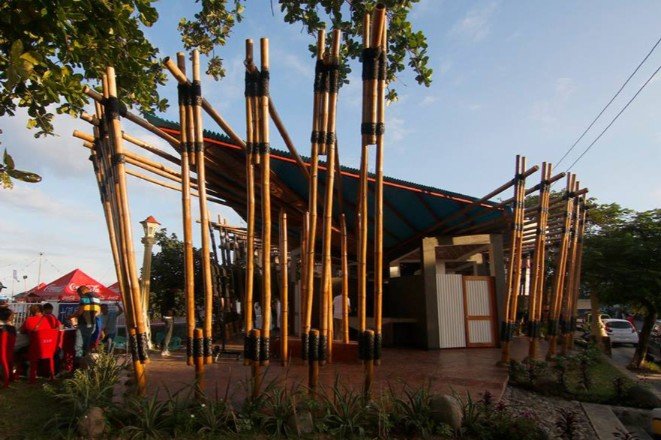
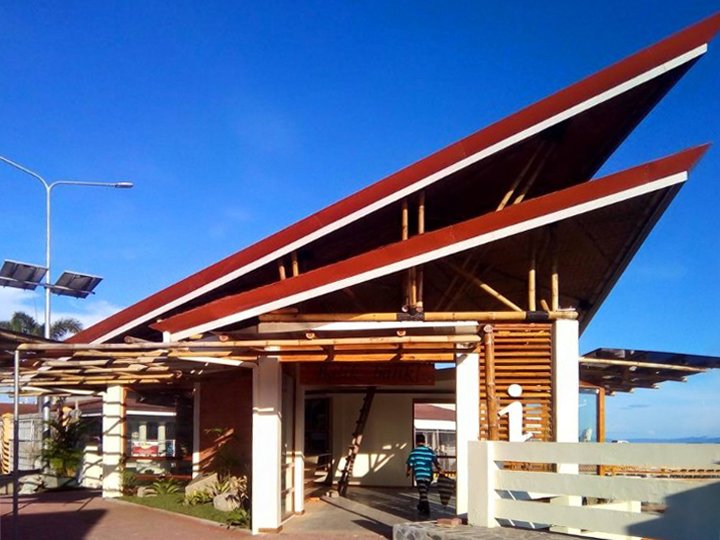

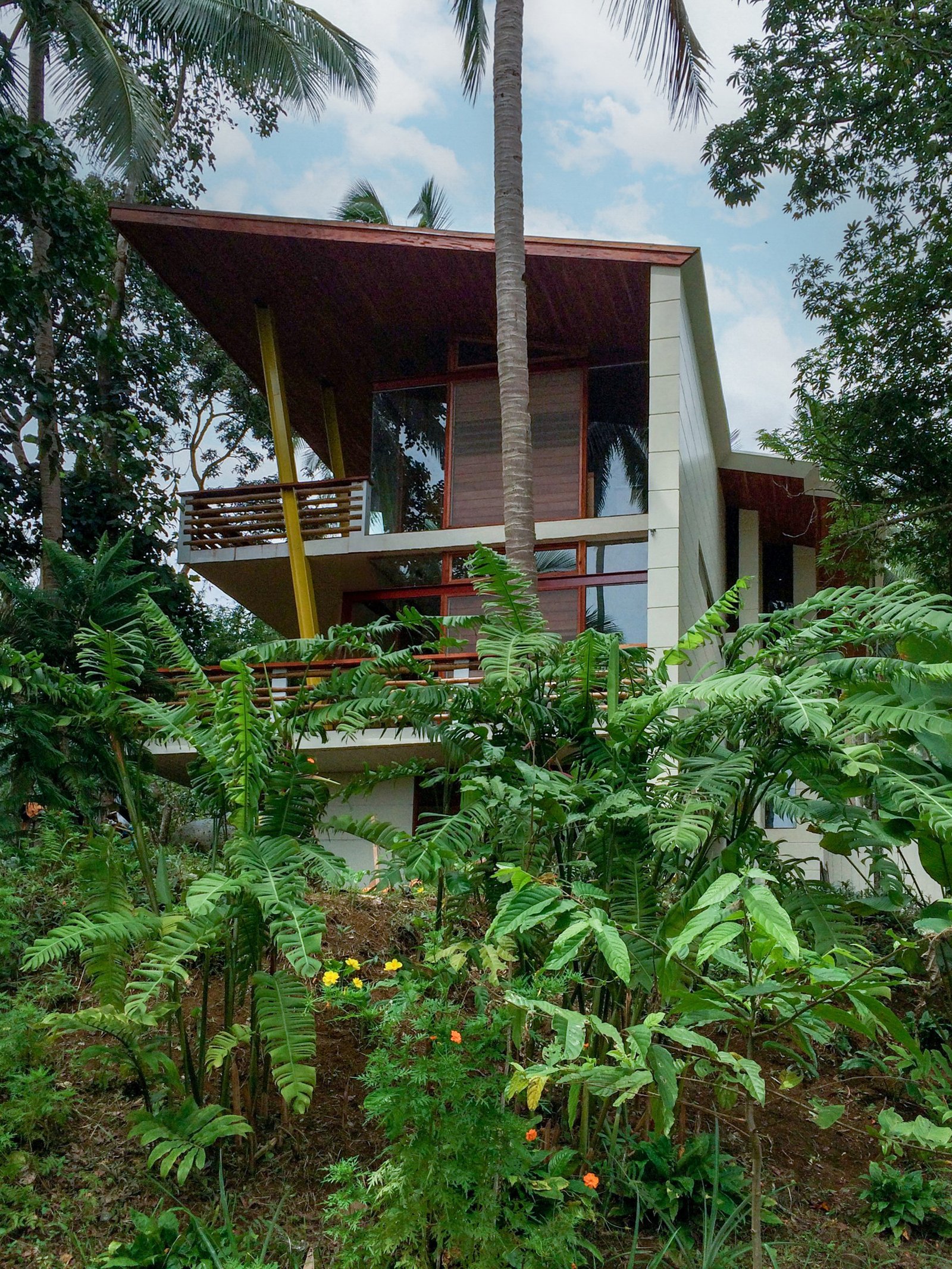
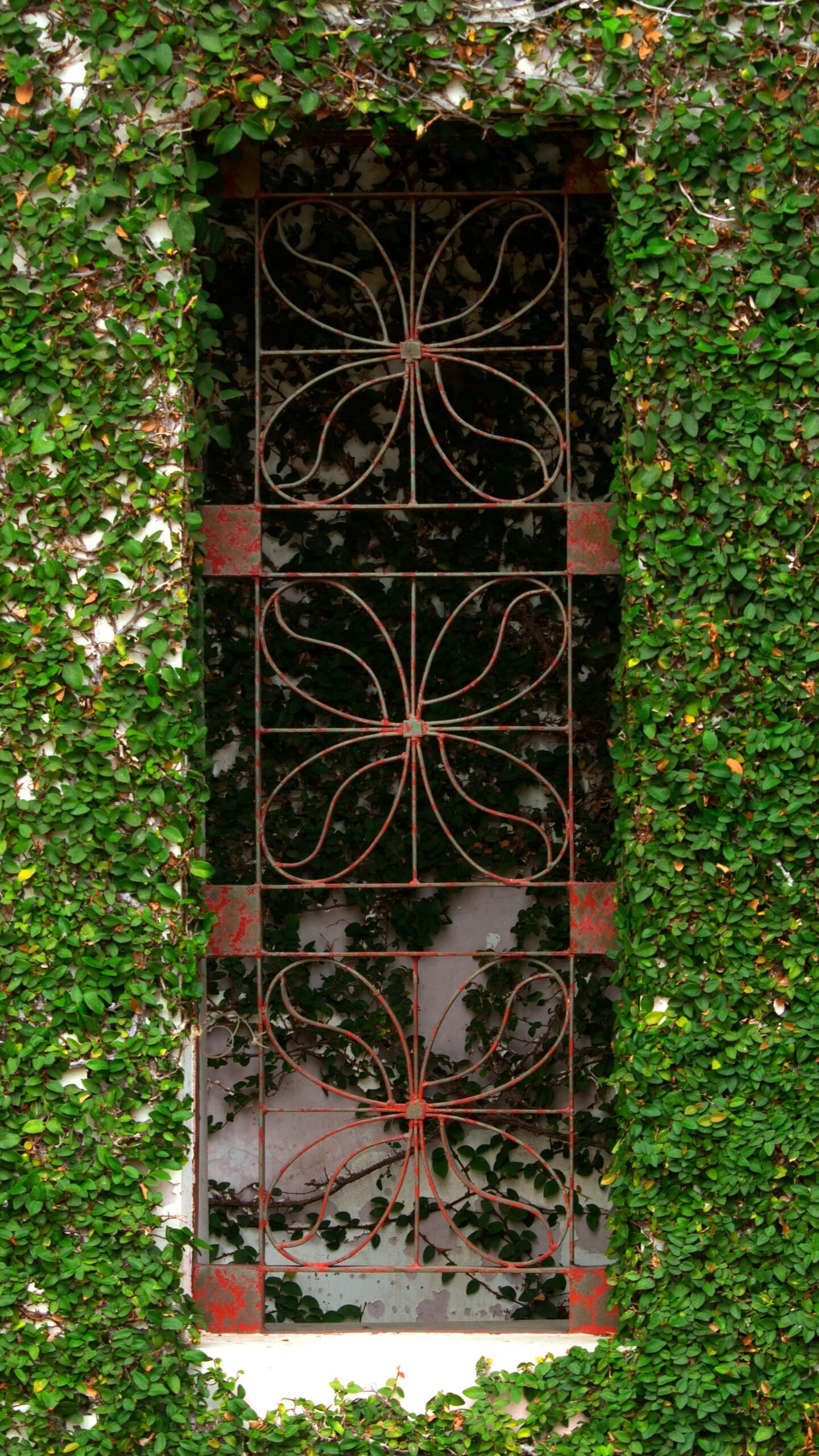
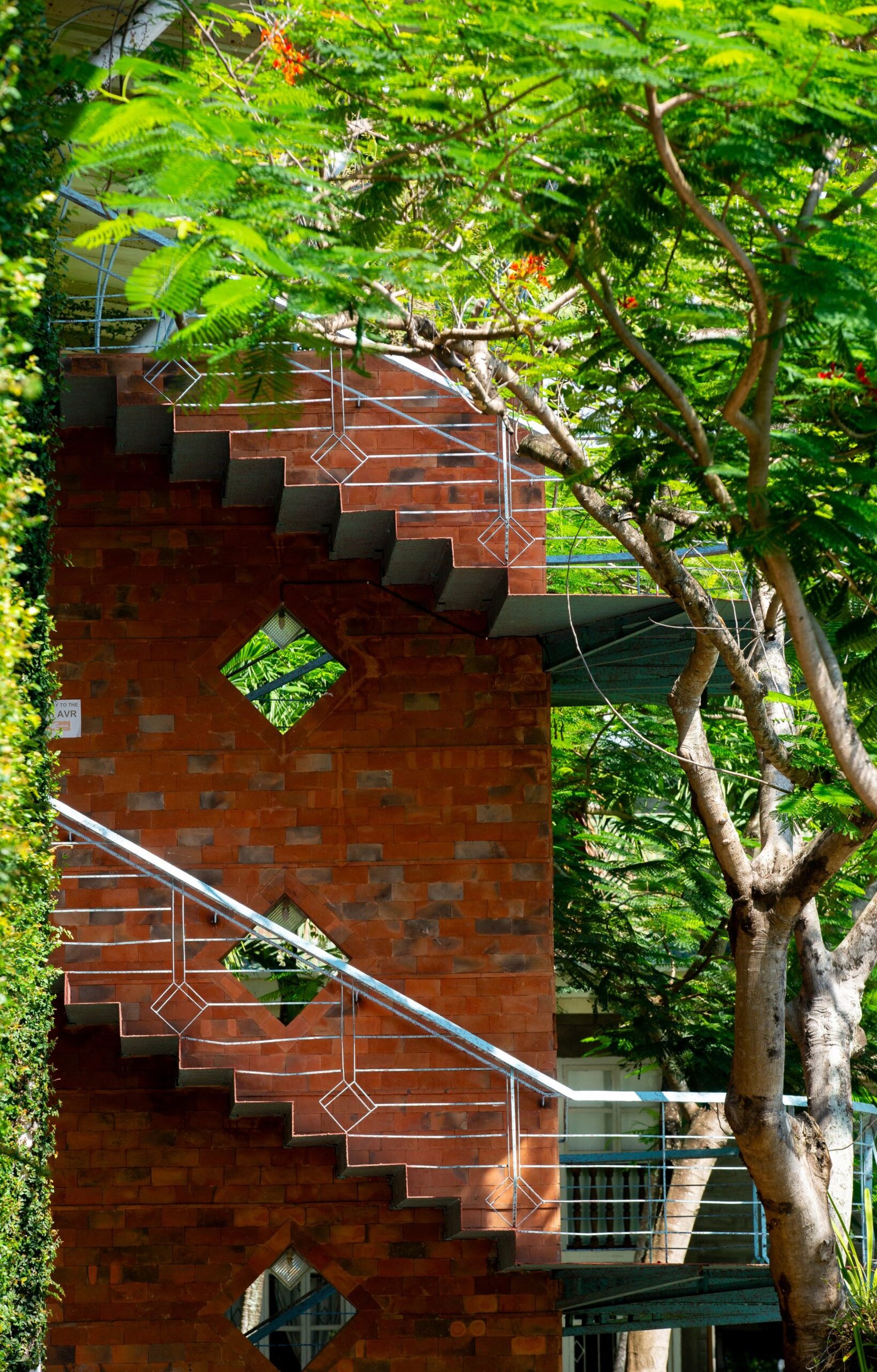
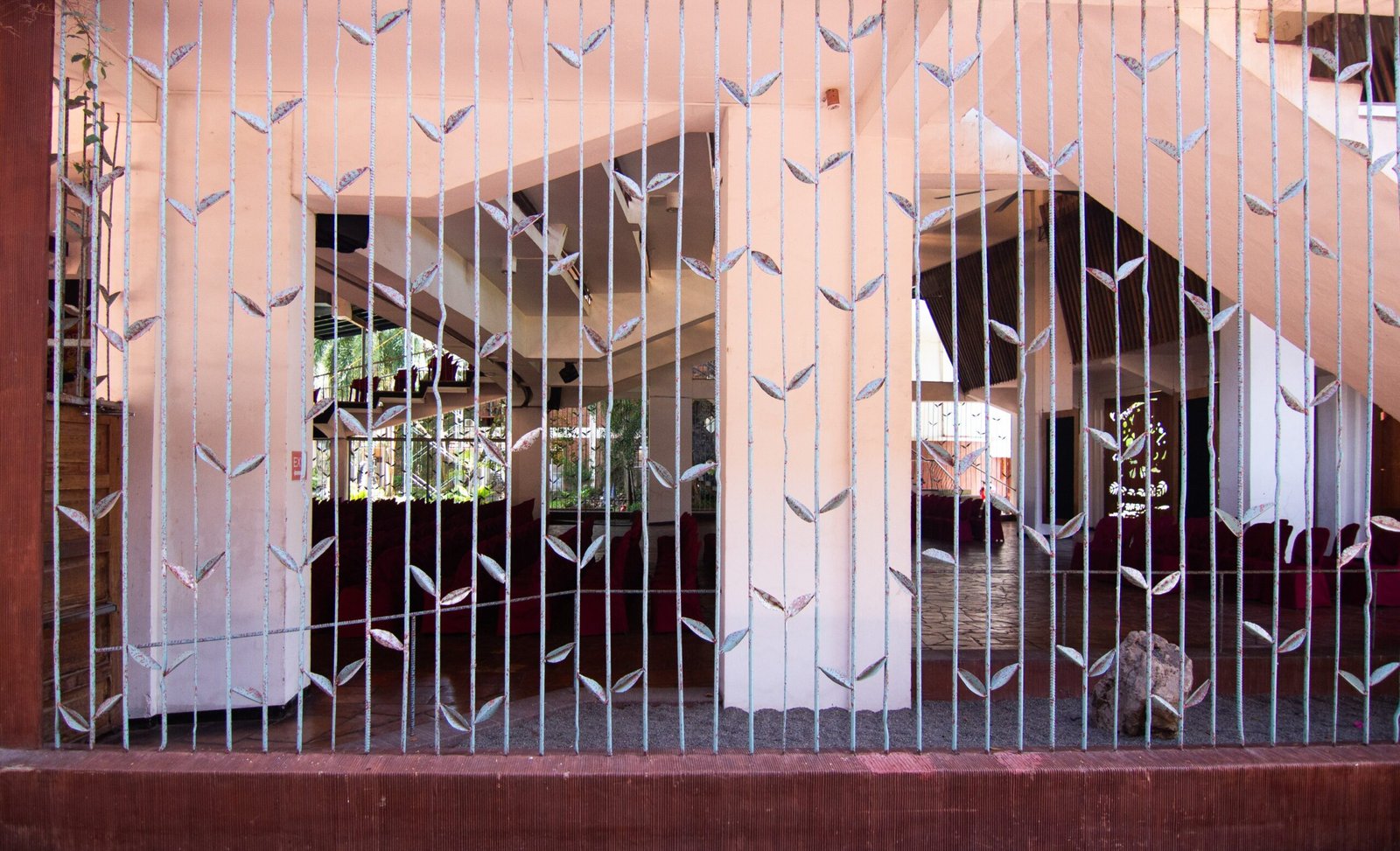
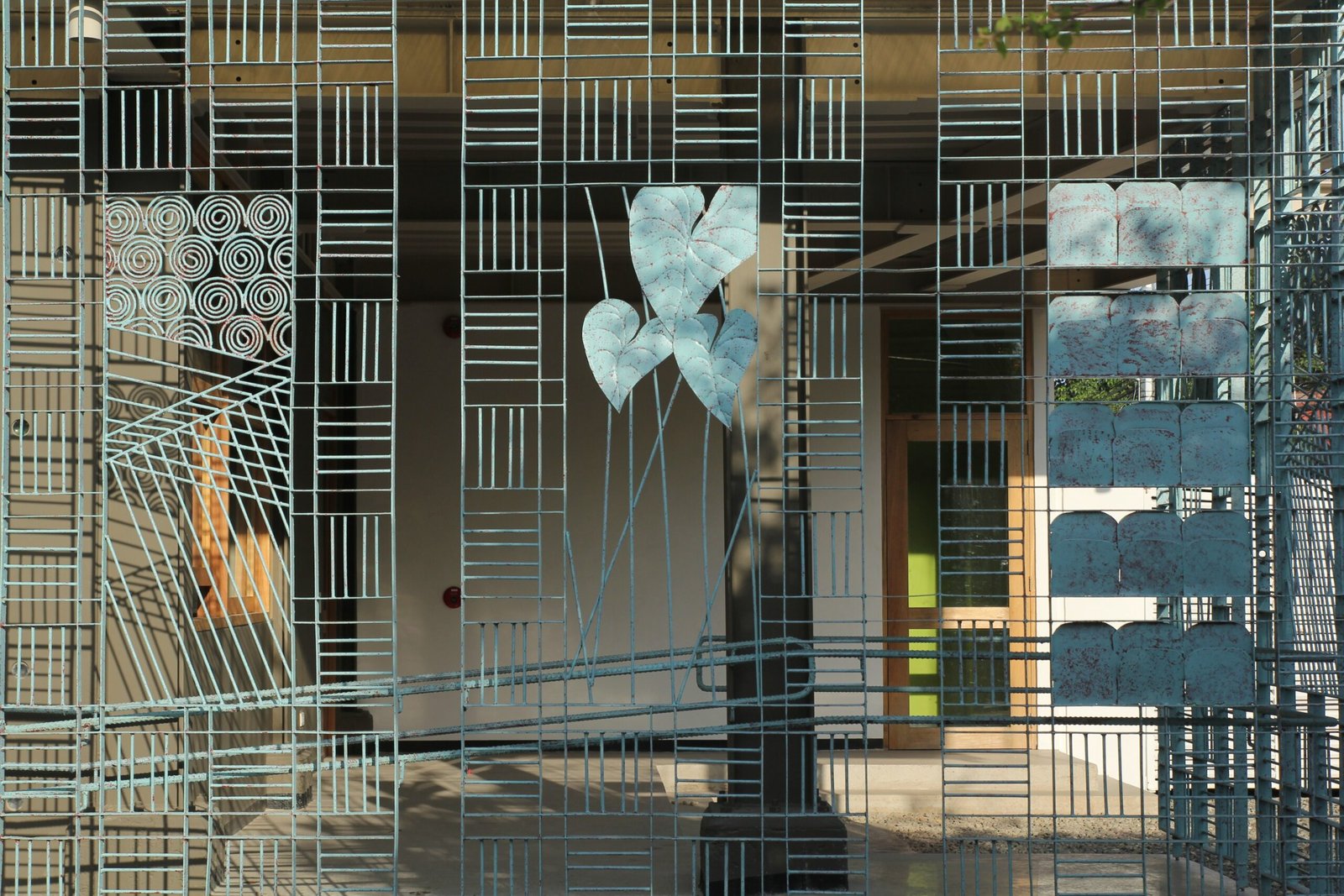



One Response
Thank you for publishing this article of my brother Dean. Greatly appreciated.